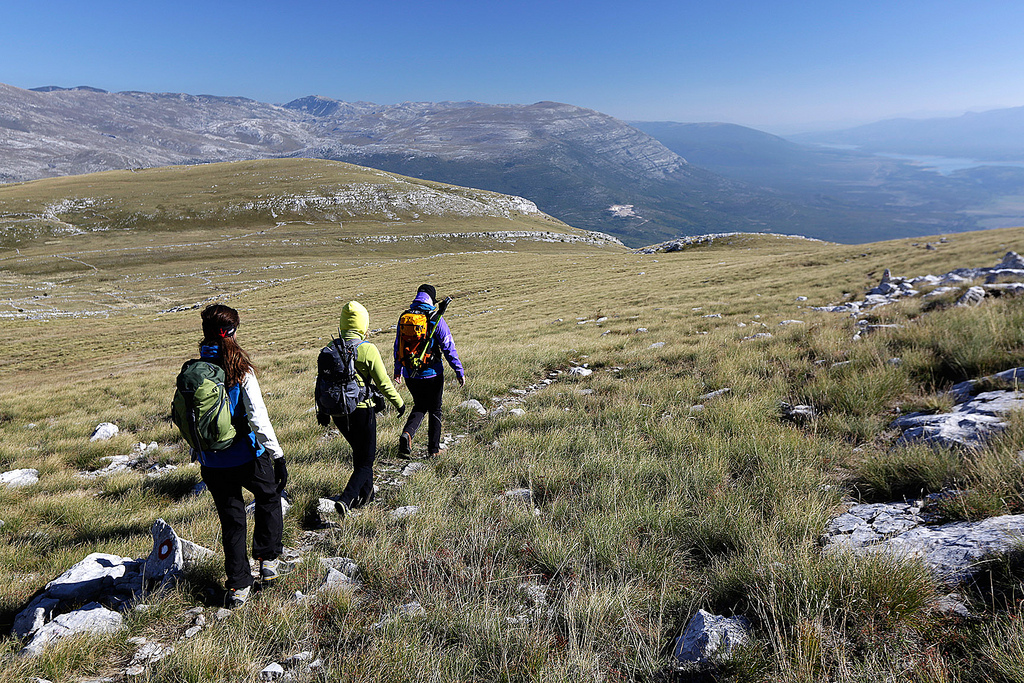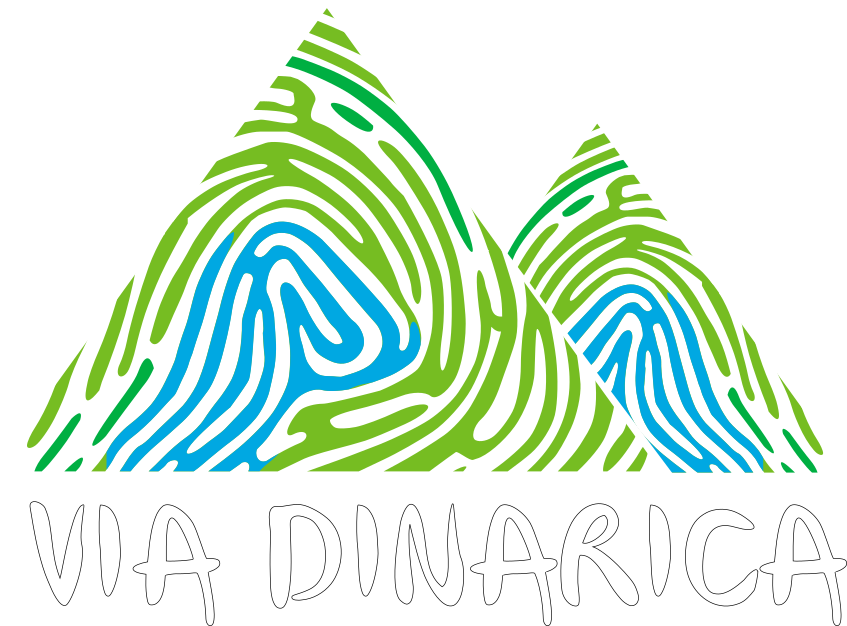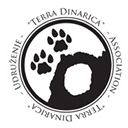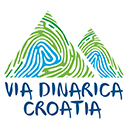
Croatia has coined itself “The Mediterranean as it once was.” A good slogan indeed. And it certainly holds true for many of the islands a few coastal mainland jewels. Croatia has developed rapidly over the past decade, however, with some of its coastline losing the trademark rustic stone homes and old traditions giving way to modernization. The Croatian Adriatic is still mesmerizing, though. Perhaps for that reason Croatia’s best kept secret has been kept under wraps. It’s mountains.
Croatia’s hinterland mountain ranges, like Biokovo and Velebit, are some of the regions most attractive – not so much for their searing heights but for the challenging trails, diverse eco-systems, rustic traditional villages and superb views. This part of Croatia truly is ‘the Mediterranean as it once was.’
Croatia’s geographical location places it directly in between two of the main branches of the Via Dinarica mega trail. Mt. Dinara, an ancient Illyrian name for which the Dinaric Alps were named, lines the border between Croatia and BiH and is an extension of the main white trail of the Via Dinarica. The white trail, signifying the highest peaks of the Dinaric chain, extends to or from Mt. Velebit that towers over the Adriatic Sea and separates the coastal lands from the Lika hinterlands. All of Mt. Velebit is a nature park but two regions have been designated as national parks: Northern Velebit and Paklenica to the south. It’s hard to say which is more beautiful, so we’ll call it a tie and insist that you visit both. There are over 70 peaks that reach 1,600 meters on Velebit alone with Vaganski Vrh taking the cake at 1,757m. The numbers may not seem challenging but they are no easy feat starting at practically zero from the coastline.
The Via Dinarica also has many other veins that feed off the three main trail systems. Plitvice National Park is one of those off-the -dinarica-track destinations. Plitvice is the Dinaric’s oldest national park, formed in 1949. It is 300km2 of pure wonderland, with more waterfalls than Disneyland. The sixteen lakes all release their turquoise blue waters over a series of cascades.
The blue trail hugs the Croatian coast with some of the most picturesque seaside hiking trails in the world. It extends as far south as Dubrovnik, crisscrossing in and out of Bosnia and Herzegovina along the way. It also includes the western base of Velebit. Biokovo Mountain is a nature park that is home to Croatia’s second highest peak, Sveti Juri, at 1,762m. The range is defined by the Cetina and Neretva rivers and dominates the coastline from Omis to Ploce in southern Dalmatia.
Unlike many of the lands of the Via Dinarica, which still have a lot of work to do on trail marking, safety, and management, the Croatian component of the Via Dinarica is well marked and well organized. Tourism is well-developed in Croatia and even in the less developed mountain regions of the country, the mountain rescue service (HGSS) and hiking clubs have highly trained rescuers and guides. Information is much easier to come by and trails are consistently marked throughout. Mountain lodges, huts and B&B clusters are well advertised and information centres provide accurate information year round.
Croatia’s hinterland mountain ranges, like Biokovo and Velebit, are some of the regions most attractive – not so much for their searing heights but for the challenging trails, diverse eco-systems, rustic traditional villages and superb views. This part of Croatia truly is ‘the Mediterranean as it once was.’
Croatia’s geographical location places it directly in between two of the main branches of the Via Dinarica mega trail. Mt. Dinara, an ancient Illyrian name for which the Dinaric Alps were named, lines the border between Croatia and BiH and is an extension of the main white trail of the Via Dinarica. The white trail, signifying the highest peaks of the Dinaric chain, extends to or from Mt. Velebit that towers over the Adriatic Sea and separates the coastal lands from the Lika hinterlands. All of Mt. Velebit is a nature park but two regions have been designated as national parks: Northern Velebit and Paklenica to the south. It’s hard to say which is more beautiful, so we’ll call it a tie and insist that you visit both. There are over 70 peaks that reach 1,600 meters on Velebit alone with Vaganski Vrh taking the cake at 1,757m. The numbers may not seem challenging but they are no easy feat starting at practically zero from the coastline.
The Via Dinarica also has many other veins that feed off the three main trail systems. Plitvice National Park is one of those off-the -dinarica-track destinations. Plitvice is the Dinaric’s oldest national park, formed in 1949. It is 300km2 of pure wonderland, with more waterfalls than Disneyland. The sixteen lakes all release their turquoise blue waters over a series of cascades.
The blue trail hugs the Croatian coast with some of the most picturesque seaside hiking trails in the world. It extends as far south as Dubrovnik, crisscrossing in and out of Bosnia and Herzegovina along the way. It also includes the western base of Velebit. Biokovo Mountain is a nature park that is home to Croatia’s second highest peak, Sveti Juri, at 1,762m. The range is defined by the Cetina and Neretva rivers and dominates the coastline from Omis to Ploce in southern Dalmatia.
Unlike many of the lands of the Via Dinarica, which still have a lot of work to do on trail marking, safety, and management, the Croatian component of the Via Dinarica is well marked and well organized. Tourism is well-developed in Croatia and even in the less developed mountain regions of the country, the mountain rescue service (HGSS) and hiking clubs have highly trained rescuers and guides. Information is much easier to come by and trails are consistently marked throughout. Mountain lodges, huts and B&B clusters are well advertised and information centres provide accurate information year round.






























